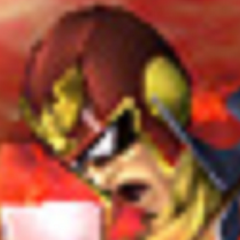The Proper Way to Paint Your PC Stuff
-
Topics
-
Fat Cat11997 ·
Posted in Programs, Apps and Websites0 -
6
-
cbrngrz ·
Posted in Home Theater Equipment2 -
Brass5226 ·
Posted in LTTStore.com Merch1 -
1
-
sophietlav ·
Posted in New Builds and Planning0 -
Fat Cat11997 ·
Posted in Networking0 -
5
-
EzioWar ·
Posted in Graphics Cards1 -
2
-
-
play_circle_filled

Latest From Linus Tech Tips:
He Spent 3 YEARS Begging me for a PC. Good Luck Finding it!


.jpg.5cc14cacf0bfa9d58de316927a37ec08.jpg)











Create an account or sign in to comment
You need to be a member in order to leave a comment
Create an account
Sign up for a new account in our community. It's easy!
Register a new accountSign in
Already have an account? Sign in here.
Sign In Now